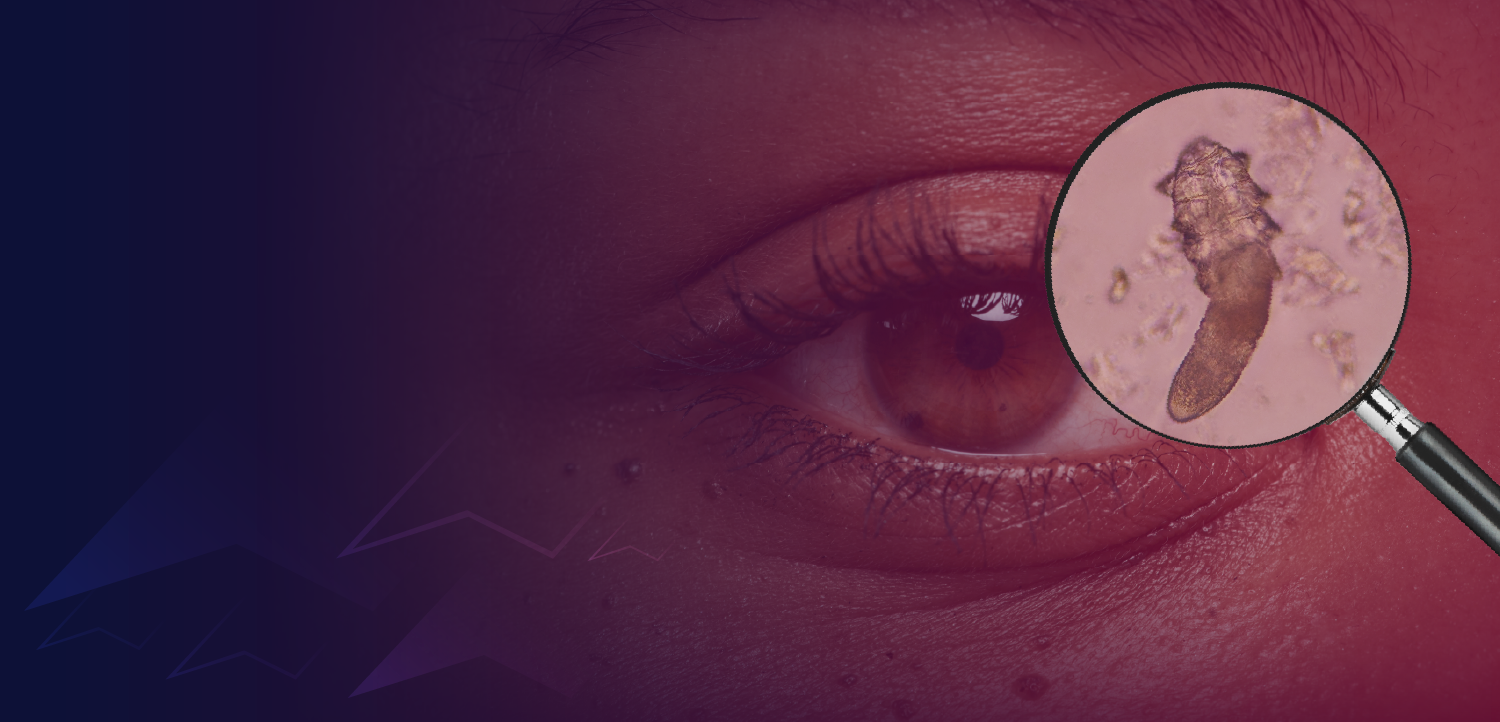
PulseSight Therapeutics submits Clinical Trial Authorisation for phase I trial of PST-611
The transferrin vectorised therapy is being investigated for use in patients with dry age-related macular degeneration and geographic atrophy
PulseSight Therapeutics SAS, a biotechnology firm based in Paris, France, announced its clinical plan for ocular therapy candidate PST-611, including submission of a Clinical Trial Authorisation (CTA) to French regulatory offices. If approved by the Agence Nationale de Sécurité du Médicament et des produits de santé (ANSM), investigators will proceed with a phase I trial assessing safety and tolerability of PST-611. PST-611 is a transferrin non-viral vectorised therapy for patients with dry age-related macular degeneration (AMD) and geographic atrophy (GA) secondary to dry AMD.
According to a press release from PulseSight Therapeutics, once the ANSM issues its decision following the CTA submission, the trial (PST-611-CT1) is expected to commence in early Q2 2025. A readout is anticipated by late 2025 or early 2026.
PST-611 operates by expressing human transferrin, a potent iron regulator. AMD involves the dysregulation of iron homeostasis. This process leads to an excess of free iron, which contributes to inflammation, oxidative stress and death of ocular cells. Patients may go 4 to 6 between treatment doses, the company noted in its news release.
Phase I of PST-611-CT1 will expand upon previous clinical demonstration of safety in PulseSight Therapeutics’ electrotransfection delivery system and plasmid technology. The trial is also expected to provide additional data supporting findings from preclinical experiments demonstrating efficacy of PST-611 in reducing oxidative stress, combatting inflammation and preserving the integrity of the retinal pigment epithelium. The clinical trial will explore the potential of PST-611 to prevent retinal degeneration and vision loss.
In the press release, Judith Greciet, CEO of PulseSight Therapeutics, said, “This first in human study is a significant milestone for the clinical development of PST-611, which we believe holds the potential to become a major new treatment option for patients with dry AMD/GA. Our goal is to confirm the safety of our drug candidate to then rapidly move into a phase II proof-of-concept study, to demonstrate transferrin’s ability to protect retinal cells from atrophy and preserve vision.”
CRO ILife Consulting will support PulseSight Therapeutics in its clinical trial execution.
Reference
PulseSight Therapeutics announces the initiation of the clinical plan of PST-611, Transferrin Vectorized Therapy for dry AMD/Geographic Atrophy. News release. PulseSight Therapeutics SAS. Published January 14, 2025. Accessed January 16, 2025.
https://pulsesight.com/2025/01/14/pulsesight-therapeutics-announces-the-initiation-of-the-clinical-plan-of-pst-611-transferrin-vectorized-therapy-for-dry-amd-geographic-atrophy/
Newsletter
Get the essential updates shaping the future of pharma manufacturing and compliance—subscribe today to Pharmaceutical Technology and never miss a breakthrough.















































